Product details
Camarasaurus Tail Vertebrae, Wyoming
Camarasaurus, a genus of sauropod dinosaur, lived during the Late Jurassic period around 155 to 145 million years ago. This herbivorous dinosaur is notable for being one of the most well-known and well-preserved sauropods, with numerous fossil discoveries providing a detailed understanding of its anatomy and lifestyle.
Camarasaurus, meaning “chambered lizard,” was named for its distinctive vertebrae, which contained hollow chambers. These hollow spaces, known as pleurocoels, reduced the weight of the vertebrae, making it easier for such a large creature to support its massive body. The vertebrae structure also likely played a role in respiration, possibly housing air sacs connected to the lungs, similar to the respiratory systems of modern birds.
This dinosaur was moderately sized compared to some of its giant sauropod relatives. Adult Camarasaurus typically measured about 15 to 23 meters (49 to 75 feet) in length and weighed up to 20 tons. It had a relatively short neck for a sauropod, which was thick and muscular, supporting its large, boxy head. The head of Camarasaurus was characterized by a blunt snout and large, spoon-shaped teeth well-suited for cropping and chewing tough vegetation.
The skull of Camarasaurus was more robust compared to other sauropods, with large, forward-facing nostrils situated above the eye level. This cranial structure suggests it might have had a heightened sense of smell. The arrangement of its teeth and jaws indicates that Camarasaurus was a selective browser, feeding on a variety of plants, including conifers, cycads, and ferns, which were abundant during the Jurassic period.
Camarasaurus fossils have been found primarily in the Morrison Formation, a sedimentary rock formation in the western United States that has yielded a wealth of dinosaur fossils. This formation provides significant insights into the diverse ecosystems of the Late Jurassic, where Camarasaurus coexisted with other famous dinosaurs like Allosaurus, Stegosaurus, and Diplodocus.
Social behavior in Camarasaurus is inferred from fossil evidence suggesting that these dinosaurs may have lived in herds. Group living would have offered protection against predators and facilitated the rearing of young. Fossilized trackways show evidence of herding behavior, with multiple individuals moving together in the same direction.
Juvenile Camarasaurus fossils indicate that young dinosaurs had relatively shorter limbs and tails compared to adults, suggesting rapid growth rates. This growth pattern is consistent with other sauropods, which likely experienced accelerated growth during their early years to reach sizes that would deter predators.
Camarasaurus played a crucial role in its ecosystem, acting as both a primary consumer and a keystone species. Its feeding habits helped shape the vegetation landscape, promoting the growth of various plant species. The presence of Camarasaurus and other large herbivores would have influenced the distribution and behavior of predators and other smaller animals within its habitat.
Discovering Prehistoric Life and Fossils


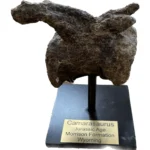
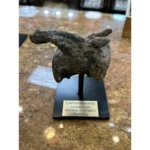
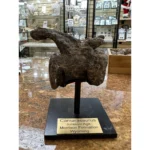
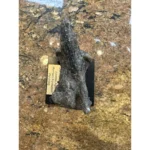
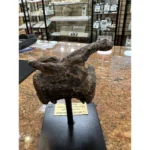
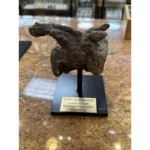






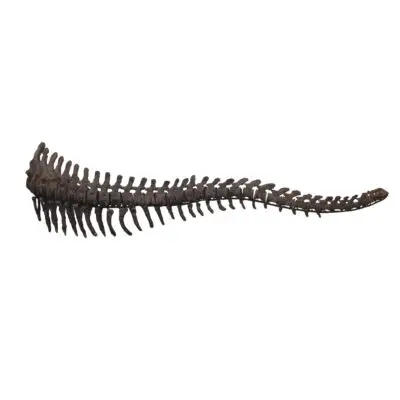


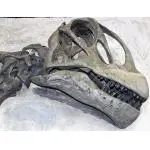
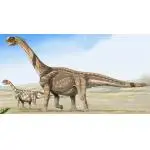
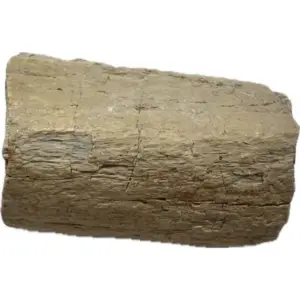

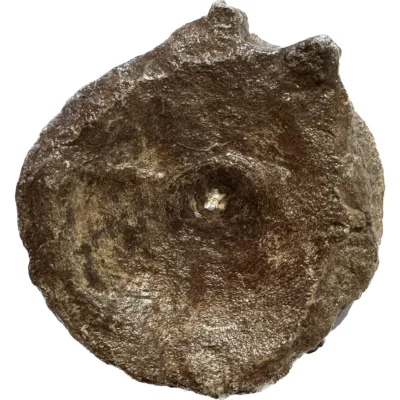
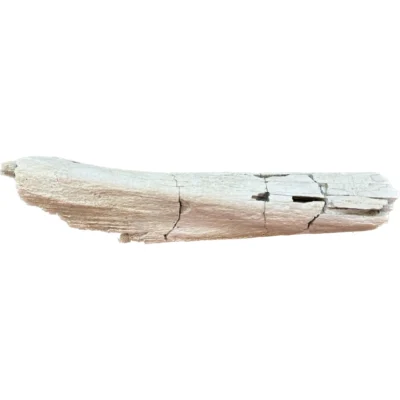
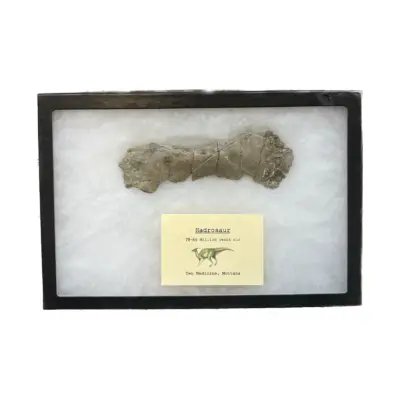
There are no reviews yet.